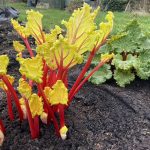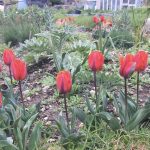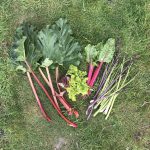I really love the end weeks of winter, which in the UK is February and very occasionally stretching into the first week or two of March, particularly in the northern regions, where our garden is based. It’s a time before gardens really start growing but much is actually now happening and this month gives you the chance to see it.
Prune shrubs and climbers
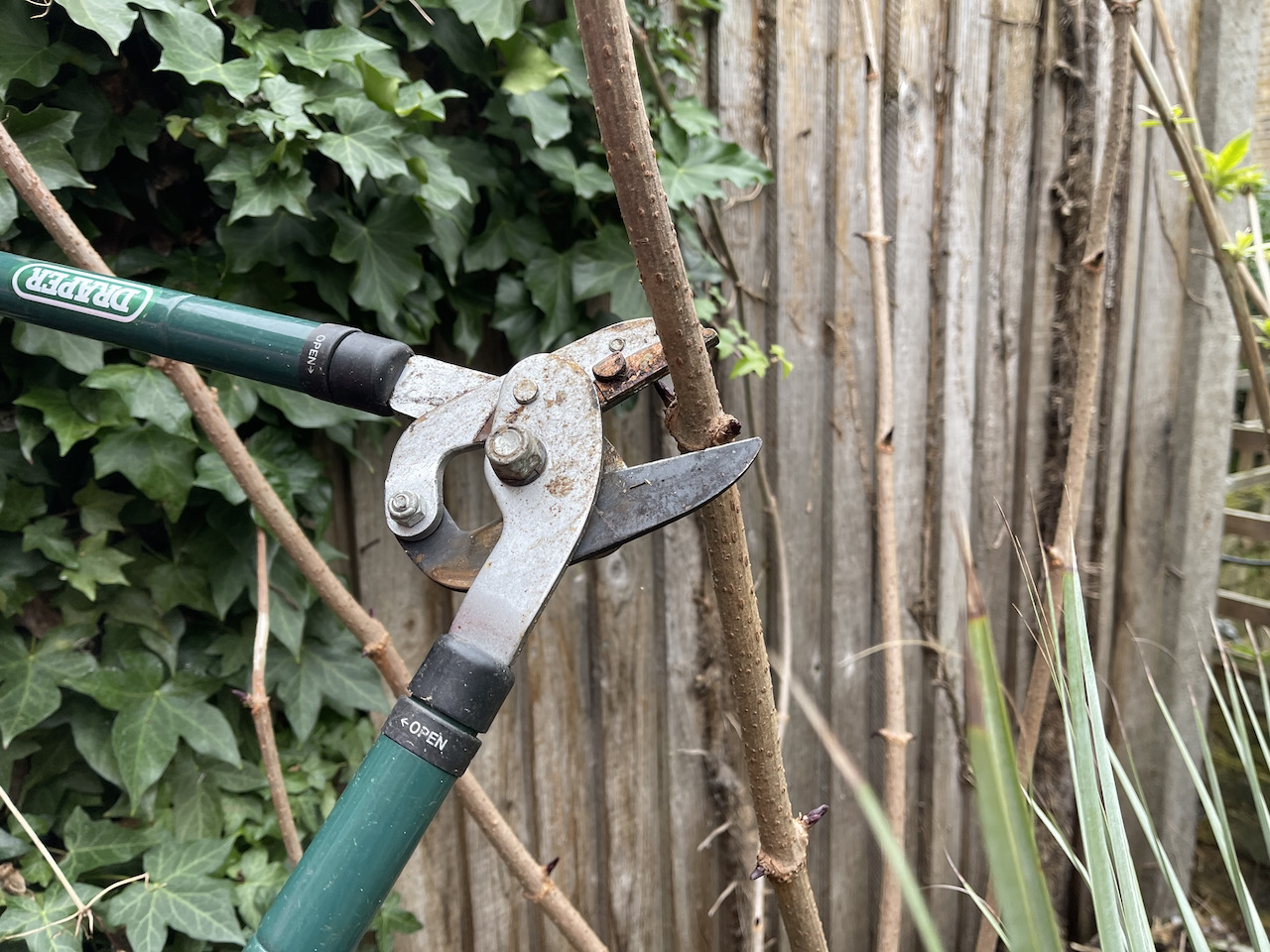
- Mid – late summer flowering shrubs: this is your last chance to prune mid-late summer flowering shrubs that flower on new growth including Hydrangea, Buddleja and Elderflower.
- Roses: this is the main time to prune roses, at the end of winter just before they come into growth. In many ways, rose pruning is not dissimilar to pruning apples because it’s all about creating a structure with side shoots for flowers (or fruit in apples’ case). Always cut at an outward facing bud at an angle, with the highest point of the angle at the bud side (i.e. sloping away from the bud). In all cases start by removing dead, diseased, damaged or crossing stems.
- Repeat flowering shrub roses: cut back the main stems by half, and side shoots to three shoots. On older plants, remove the oldest stems to the base completely to encourage new vigorous growth.
- Standard roses: the same as a shrub rose but higher off the round at the top of the main stem!
- Repeat flowering climbing roses: best pruned slightly earlier in mid winter. Aim for 5-7 main stems and as the plant gets older, cut the oldest woody stems to the ground to make way for younger stems. Cut remaining stems back by 30-50% to promote branching. Cut side shoots back to a third just above a bud – these will produce the flowers from the buds and new growth.
- Once flowering rambling roses: usually pruned in summer after flowering and rose hips have finished, but can be thinned out as for climbing roses above if overgrown and crowded.
- Renovation prune shrubs and trees: on many other deciduous shrubs and trees, it’s the perfect time to prune out any dead, diseased or damaged branches – any that are badly crossing too. Always check your exact species of shrub before pruning online as rules are slightly different for all plants. For instance…
- DO NOT prune anything in the cherry or plum family in winter: they should only be pruned in the height of summer because they are prone to silver leaf and other diseases that penetrate through cuts and wounds.
- Cutback overgrown climbers: such as ivy, honeysuckle and parthenocissus before new growth and birds start nesting. I cut back shoots carefully to keep an overall structure rather than going totally crazy. Unless they really are overgrown, in which case going totally crazy on these is fine.
Flowers
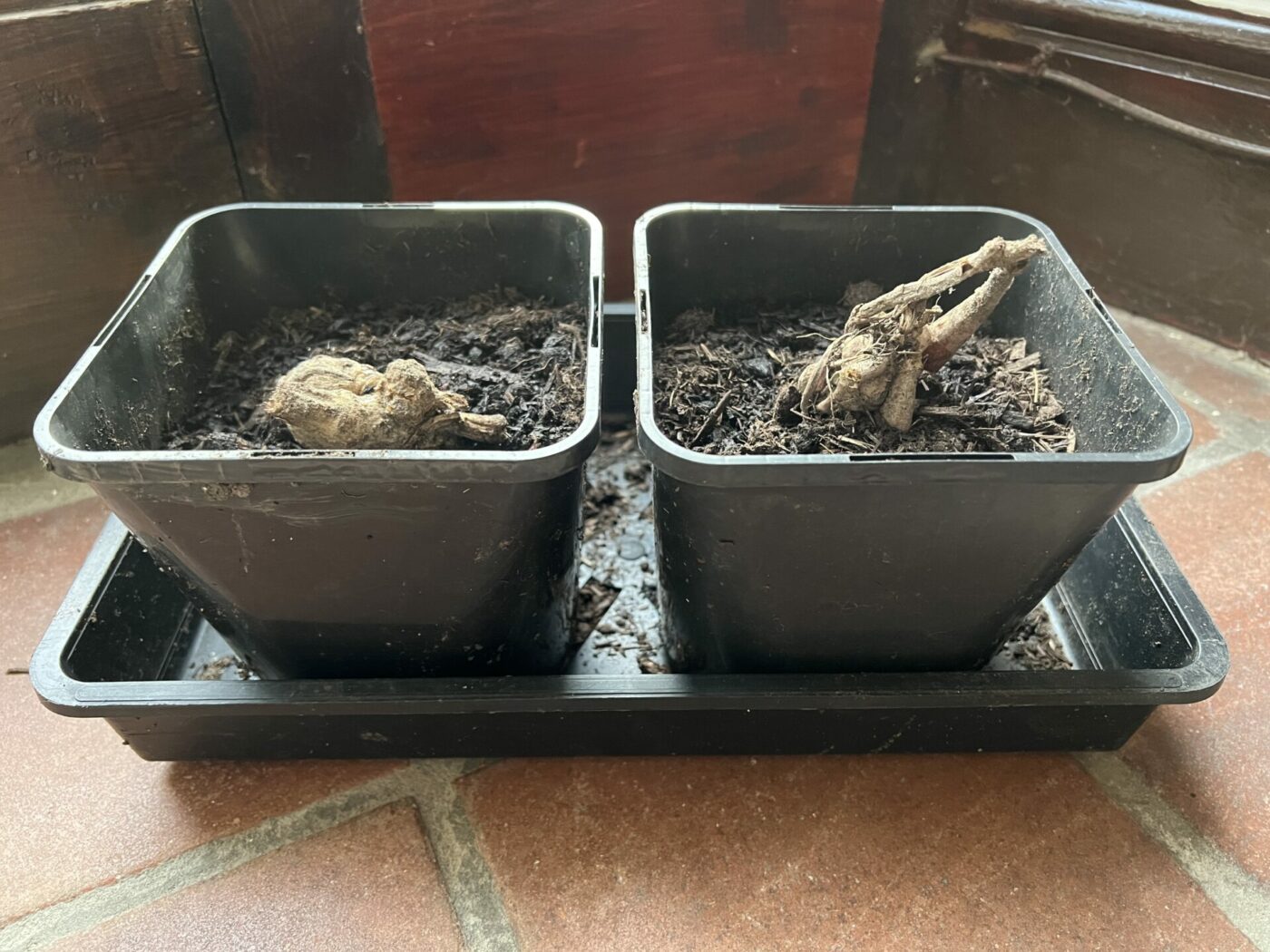
- Divide and move perennials: now is a good time to tackle dividing and moving any perennial. Dormant perennials such as geranium, astrantia and persicaria can be dug up with a spade and then sliced into multiple divisions, making sure to have roots and shoots. Replant where you’d like them or into new pots at the same level as they were in the soil.
- Start dahlias for cuttings inside: if you want to take dahlia cuttings, pot up tubers you have inside and grow them somewhere warm and light. Cut off strong shoots by nicking off a piece of tuber too and pot up. You can take them later in the year too but they may not have long enough to flower in the same year. If you’re not taking cuttings, you can hold off on potting up dahlia tubers until March.
Fruit
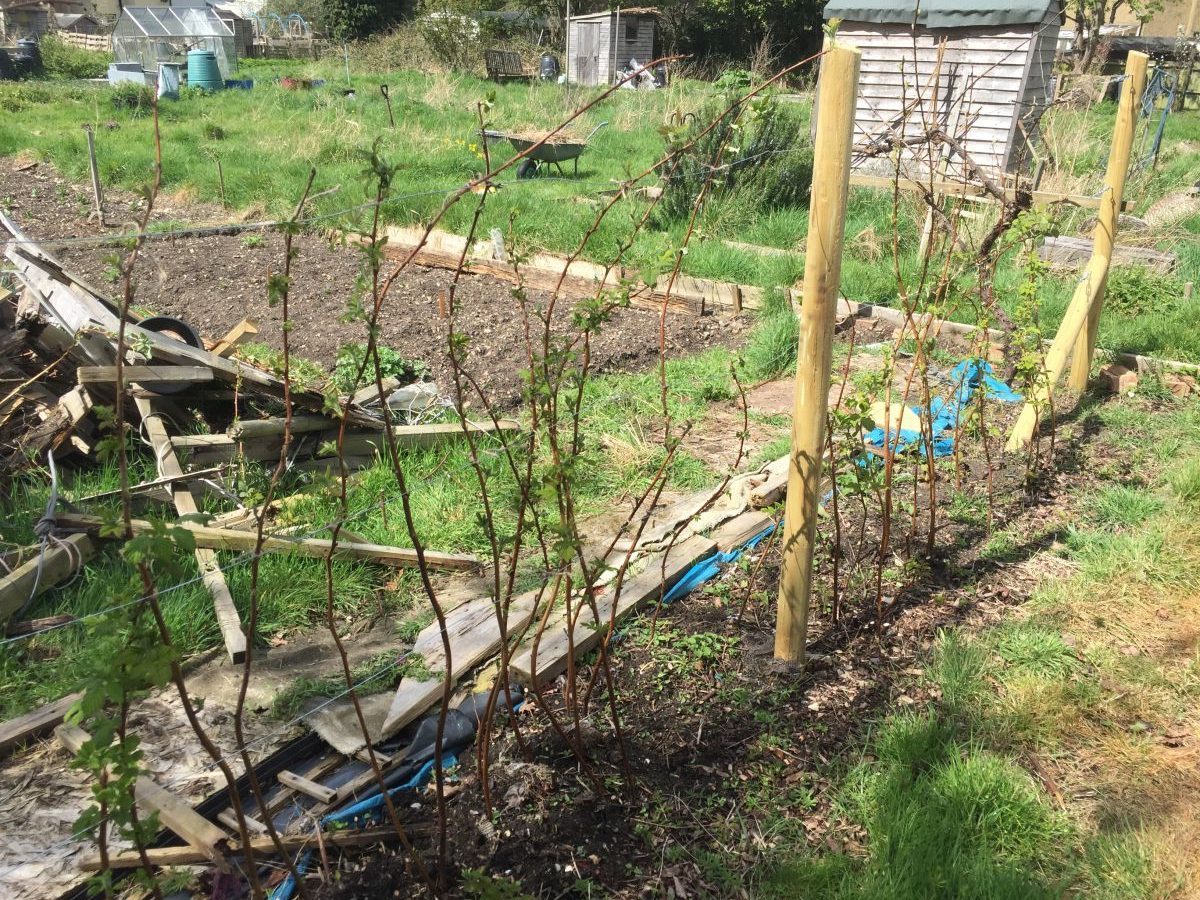
- Cover early flowering fruit trees and bushes: such as nectarines using horticultural fleece if the trees aren’t too large. Late winter frosts can kill the flowers and therefore prevent fruit forming.
- Apples, pears and figs: urgently prune these plants now before they start growing and sap starts rising in spring. Sap can rise before leaves start emerging so act fast.
- Remove dead, diseased and damaged branches first, including any rubbing or crossing because these can cause damage later.
- Stand back and think about the structure you would like to achieve.
- For trees grown as standard trees, aim for an open goblet shape with 4 – 5 main branches evenly spaced around the tree.
- For espalier shapes aim for layers of branches at 40cm intervals. With espalier and fan shapes, the number of branches will depend on the root stock you use and its vigour.
- Thin congested fruiting spurs, the short shoots at the end of side shoots from the branches, if they are becoming congested.
- Remove any new shoots growing into the centre of the tree.
- Raspberries: for autumn fruiting varieties cut all old stems to the ground now, for summer fruiting cut all old stems to the ground but leave new growth, thinning to about 4 – 5 stems per plant.
- Gooseberries: prune out dead, diseased, crossing and damaged shoots and thin where necessary to maintain a structure of 4 – 5 main branches.
- Plant bare root fruit trees: this really is your last chance to plant bare root young fruit trees, which are cheaper, have a greater variety and are easy to establish. Get ordering!
- Strawberries: make sure plants are well weeded now to give them space for the coming spring growth period.
Vegetables
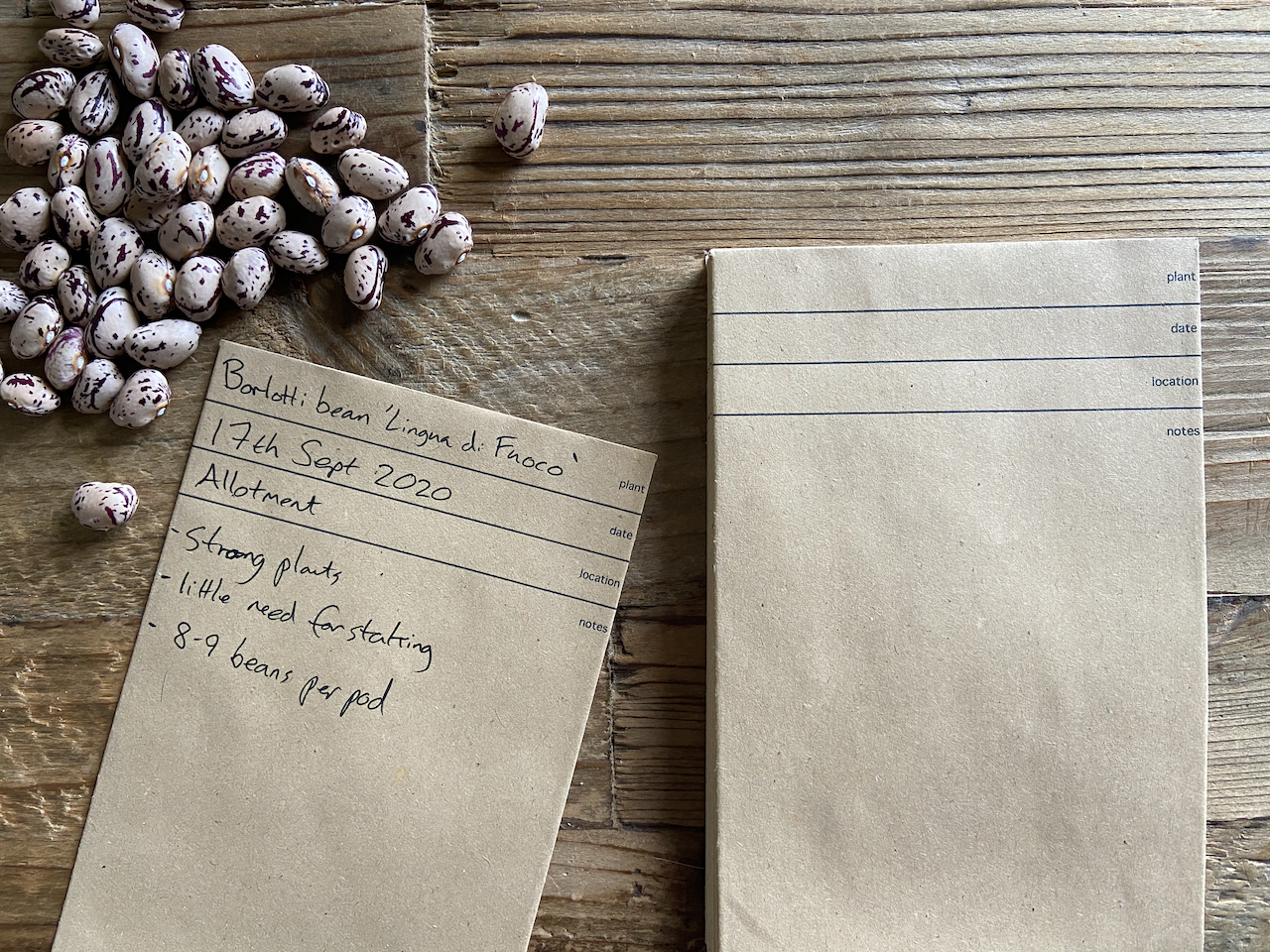
- Hold off sowing most seeds: it is still too cold and day length too short for most seedlings to get a good start, unless you have a heated greenhouse or additional growlights on a windowsill. But starting too early really isn’t necessary, better to wait another month when light levels will be much stronger and longer.
- Seeds worth sowing now:
- Onions: sow now inside on a windowsill or in a heated glasshouse or polytunnel.
- Chillies: sow now inside on a windowsill or in a heated glasshouse or polytunnel.
- Sweet peppers: sow now inside on a windowsill or in a heated glasshouse or polytunnel.
- Start chitting potatoes: pop them in a tray or egg cartons trying to point them with the growing points upwards – they can be a little tricky to spot and are sometimes on all ends of the potato! It doesn’t really matter but try to put the end with the most growing points facing up. Place on a sunny windowsill to grow for now. They are planted out around the start of spring (March in the UK).
Houseplants
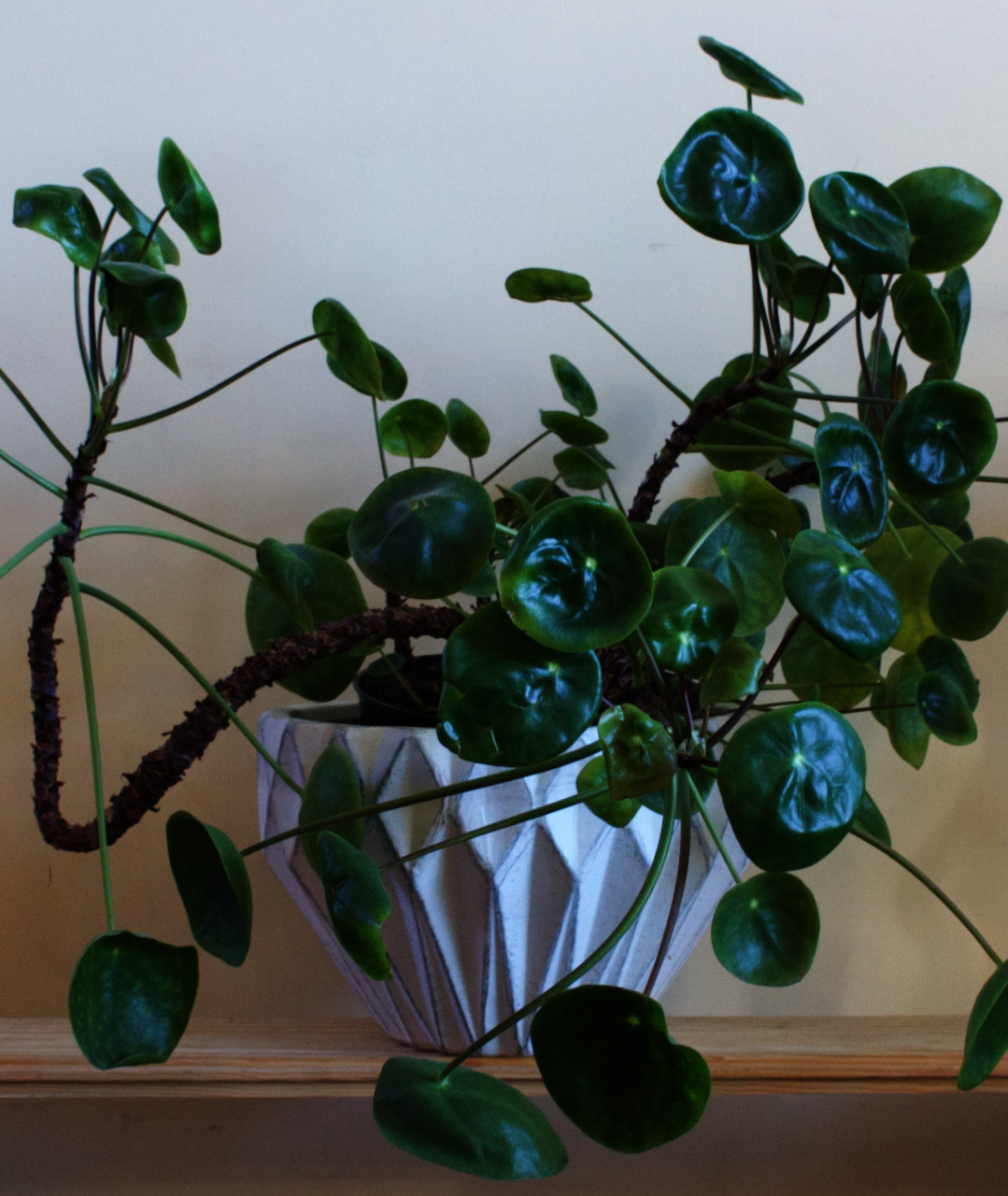
- Fertilise: many houseplants grow in winter because that’s when they prefer to grow or because the heating is tricking them into doing so. Either way, they need fertiliser to give nutrients to support that growth. Give any actively growing house plants a fortnightly liquid feed, slightly weaker than for plants in summer. If they’re not growing, wait.
- Repot: winter is a great time to repot houseplants and this is a perfect time to do it. For most plants, if you don’t want to increase the size of pot, you can remove some of the old compost and even cut off about a third of the lower roots. Then repot with fresh peat-free compost into the same pot.
Preparation
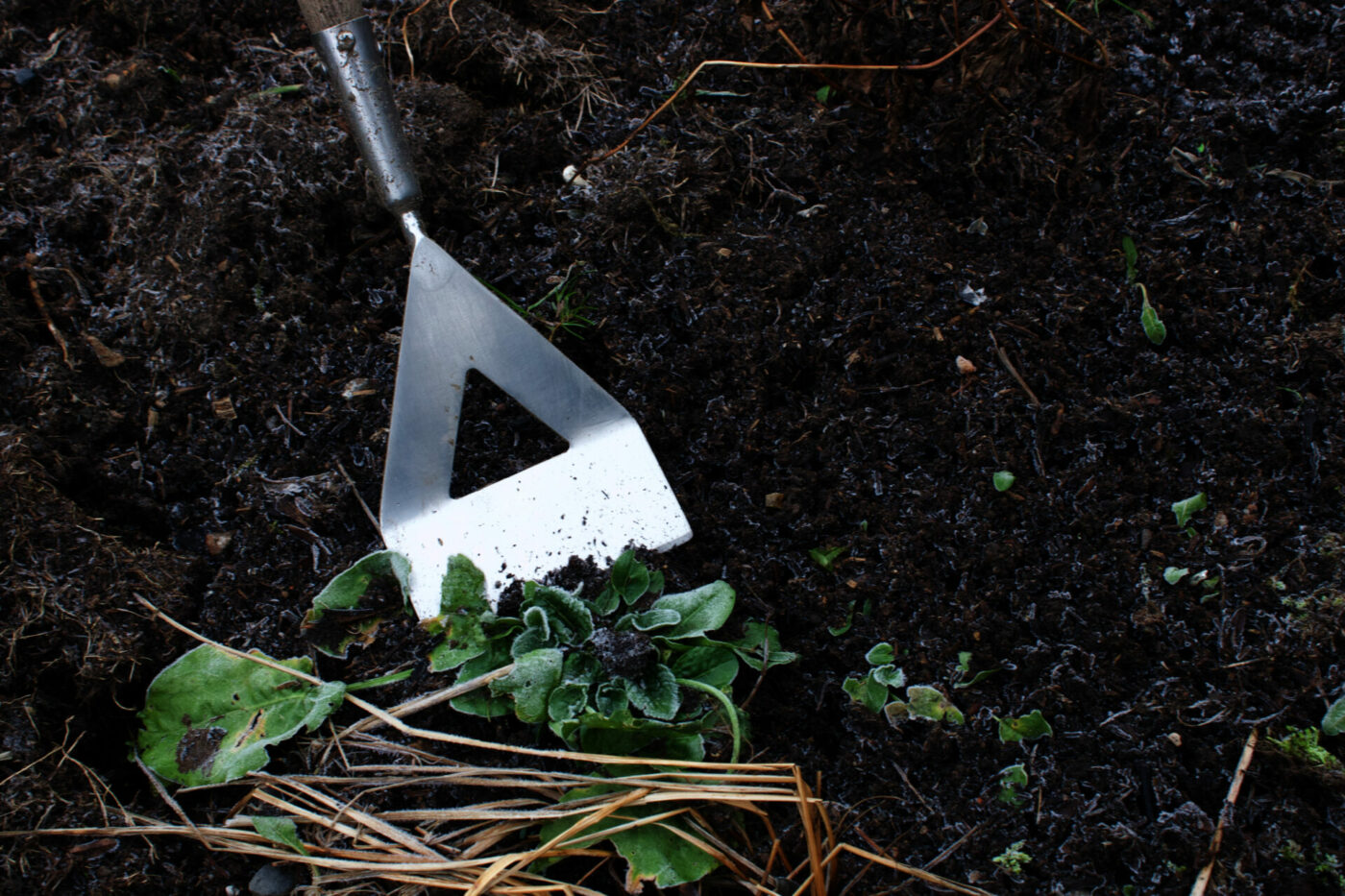
- Observe: take a close look at all plants around your garden, they’ll be sensing the end of winter is coming with the growing hours of light each day, even if temperatures are still low. This gives you a chance to take a close look at perennial crowns shooting to give a sense if they’re large enough to divide in spring, how the swelling buds on shrubs will grow for any pruning decisions, and to see how and where bulbs will flower.
- Last minute: clean everything now if you haven’t already, jet wash patios, paths and decking, clean greenhouses, pots and tools. Sharpen the tools too!
- Cut back perennials: toward the end of the month, when finer weather is a near guarantee (well, as much as is ever possible!) start cutting back all remaining perennials to their bases, putting material on compost heaps. Bulbs will be well on their way now and need the space and light to do their thing.
